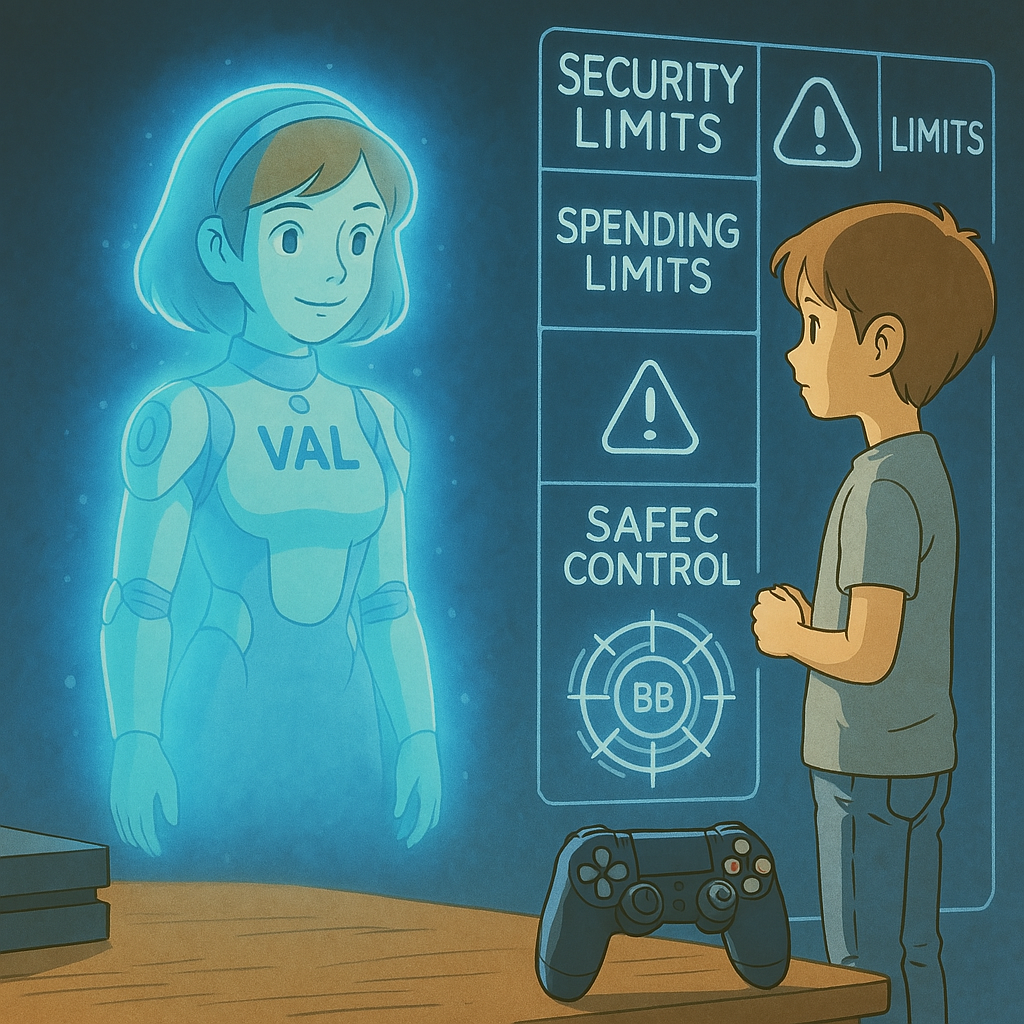Microtransactions in Gaming: How to Control In-Game Purchases
For whom: Parents, guardians, and gamers looking to manage in-game purchases responsibly.
TLDR: In-game purchases can lead to excessive spending, especially for younger gamers. Learn how to set up parental controls, educate children about responsible spending, and leverage platform-specific tools to prevent unauthorized transactions.
CTA: Set up parental controls today and talk to your child about responsible gaming to avoid unexpected bills and unhealthy spending habits.
Reading time: 6 minutes
The Rise of Microtransactions: A Double-Edged Sword
In-game purchases, or microtransactions, have become a staple in modern gaming. Whether it’s for cosmetic skins, new characters, in-game currency, or loot boxes, these small transactions add up quickly. While they can enhance the gaming experience, they also pose financial risks, particularly for younger players who may not fully understand the value of money.
Why Microtransactions Can Be Risky
1. Financial Strain
Microtransactions often follow a "small but frequent" spending model. A few dollars here and there might not seem like much, but over time, they can accumulate into substantial sums. Many parents have been surprised by hefty credit card bills due to unmonitored in-game spending by their children.
2. Gambling-Like Mechanics
Loot boxes and randomized rewards introduce gambling-like elements into gaming. Players spend real money for a chance to obtain rare or valuable items, reinforcing addictive spending habits. Some countries have already started regulating loot boxes as a form of gambling.
3. Pay-to-Win Culture
Some games allow players to buy advantages, such as stronger weapons or faster progression, creating an unfair competitive environment. This can pressure young gamers into spending money to keep up with their peers.
How to Control In-Game Purchases
1. Set Spending Limits
Most gaming platforms allow users to set spending caps or require parental approval for transactions. Enable these settings to ensure that your child sticks to a budget.
2. Require Purchase Approval
Use password or PIN authentication for every purchase. This prevents unauthorized transactions and ensures that every purchase is deliberate.
3. Disable In-Game Purchases
If you want to eliminate the risk entirely, most platforms allow you to disable in-game purchases through parental controls.
4. Monitor Purchase History
Regularly review your child's gaming purchase history to track spending patterns and ensure they are not overspending.
5. Educate About Responsible Spending
Have conversations with your child about the value of money and the importance of budgeting, even in virtual environments. Encourage them to earn rewards in games through skill and effort rather than spending real money.
6. Use Prepaid Cards and Allowances
Instead of linking a credit card, consider using prepaid gift cards or setting a fixed monthly allowance for in-game purchases. This ensures controlled spending.
Platform-Specific Tools for Managing Microtransactions
PlayStation: Offers parental controls that allow restrictions on spending, requiring passwords for purchases.
Xbox: Includes family settings to block or limit purchases and provides access to spending reports.
Nintendo Switch: Has built-in settings to restrict purchases and requires authentication.
Mobile (iOS & Android): Allows users to set up spending limits, enable parental controls, or block in-app purchases entirely.
The Role of Regulations in Protecting Consumers
Governments and consumer rights organizations are pushing for increased transparency and regulation around microtransactions, particularly loot boxes. Some gaming companies are now required to disclose the odds of winning rare items, helping consumers make more informed decisions.
Creating a Balanced Gaming Experience
- Encourage games with skill-based progression rather than those relying on paid advantages.
- Set healthy screen time limits to reduce impulsive spending.
- Stay involved in your child’s gaming habits and discuss responsible purchasing decisions.
By taking proactive steps, parents can ensure their children enjoy gaming without falling into the trap of excessive spending. Gaming should be fun, not financially stressful!


